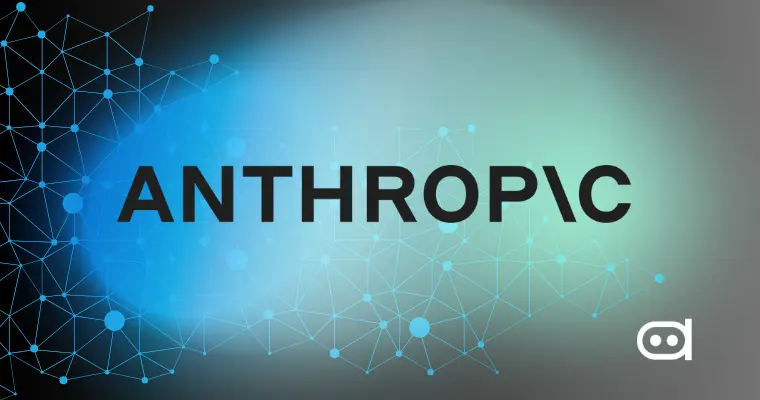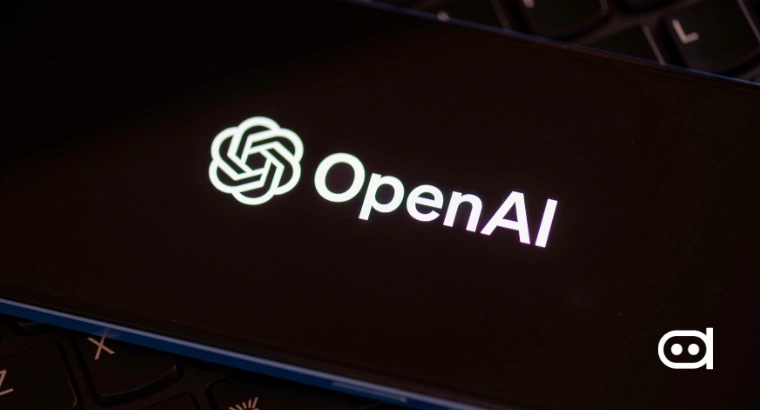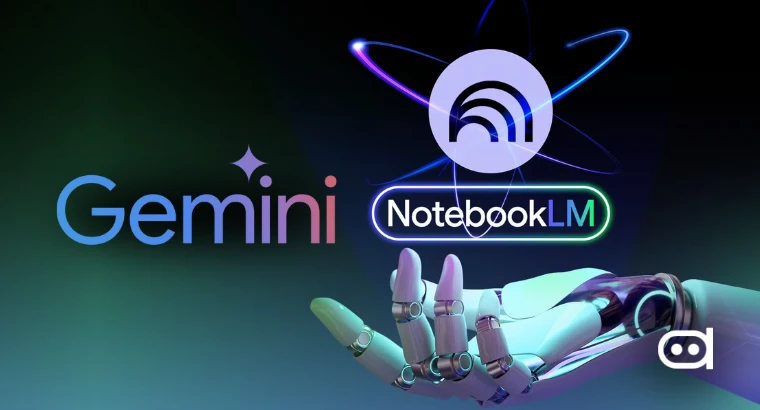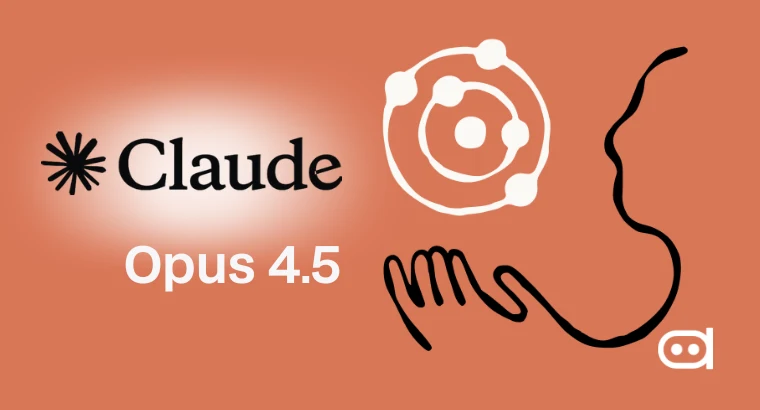
Key Highlights:
- Anthropic’s second Asia Pacific office after Tokyo, focusing on India’s AI ecosystem, with CEO Dario Amodei visiting this week to meet officials and partners.
- India trails only the US in consumer Claude usage, with disproportionately high technical and programming tasks like mobile UI development and web app debugging.
- Claude will launch improved performance in Hindi and nearly a dozen languages, including Bengali, Marathi, Telugu, Tamil, Punjabi, Gujarati, Kannada, Malayalam, and Urdu.
- Deployment targets education, healthcare, and agriculture sectors through partnerships with Indian enterprises, nonprofits, and startups supporting the entrepreneurial ecosystem.
Soon after Indian expansion plans by OpenAI, Anthropic made it public that its pioneer office is being set up in Bengaluru, India, by 2026. This marks a significant milestone for the AI safety company as it expands its global footprint to tap into India’s burgeoning artificial intelligence ecosystem.
We’re opening an office in Bengaluru, India in early 2026. We look forward to building with India’s developer community, deploying AI for social benefit, and partnering with enterprises.
— Anthropic (@AnthropicAI) October 8, 2025
Read more: https://t.co/x5otepbqs8
Strategic Expansion to India’s Tech Hub
Bengaluru will be Anthropic’s second office in the Asia Pacific region, the first being the office in Tokyo, which will soon open. The timing is perfect as India now occupies the second place in the world in terms of consumer use of Claude, which is Anthropic’s AI assistant, with the leading position occupied by the United States.
CEO and co-founder Dario Amodei took the lead himself and is visiting India this week to hold talks with public officials and enterprise partners.
India is compelling because of the scale of its technical talent and the commitment from the Indian government to ensure the benefits of artificial intelligence reach all areas of society, not just concentrated pockets.
He emphasized the alignment between India’s challenges and Anthropic’s mission: “There is deep alignment between the challenges India is tackling and our mission as a company, from deploying AI across diverse languages and contexts, to building frameworks for responsible governance. India’s AI ecosystem will play a central role in how AI develops globally and democratically, and we’re looking forward to working with organizations in India to pave a path for how beneficial AI can be scaled in a way that serves everyone.”
Technical Talent and Enterprise Adoption
It’s not just that India has a lot of Claude usage compared to other countries, but its very nature differs too. A very high number of people use Claude and concentrate mostly on technical and programming-related tasks like the design of mobile user interface and debugging of web apps. Big Indian companies like CRED have already been using Claude for their important programming tasks.
The rapid adoption of Claude Code, which saw usage grow over tenfold in just three months after its May launch, signals enormous potential to accelerate growth within India’s export-focused IT services industry.
“Our expansion comes at a pivotal moment when Indian enterprises and startups are seeking AI models they can trust,” said Paul Smith, Anthropic’s Chief Commercial Officer.
“They need systems that combine frontier performance with the safety and reliability required to support critical business operations at the massive scale that they operate. We see remarkable promise in India’s innovation ecosystem – the vibrant startup and developer communities alongside Indian enterprises are building solutions that impact millions of lives globally.”
Social Impact and Language Democratization
Anthropic’s India strategy emphasizes social impact, with plans to deploy AI solutions across education, healthcare, and agriculture sectors, areas that are critical to reaching India’s vast population.
A major part of the approach is to significantly enhance the Indic language knowledge of Claude. The company will first and foremost bring about a new high level of performance in Hindi and in almost a dozen further languages, among which are Bengali, Marathi, Telugu, Tamil, Punjabi, Gujarati, Kannada, Malayalam, and Urdu. These improvements will strengthen public sector adoption and enable broader AI access across India’s linguistically diverse population of over 1.4 billion people.










